
By clicking "Start Submission", you agree to be contacted by the host regarding this opportunity.
About
Slideluck Editorial, with the support of international partners, is thrilled to launch the third biennial global call on the theme: everything is connected. A reflection on how the events associated with climate change are inextricably connected either with the way we live, eat, vote, consume, act upon; but also with the unjust world we live in. Our aim is to reflect on content, aesthetics and dissemination, exploring the social role contemporary and documentary photography can have. For the first time, we are offering a grant in cash prize of the value of €1,000 and a dedicated exhibition. Also, our partners will take the multimedia projection to many places around the world, specifically to the United Kingdom, the Netherlands, Italy, Nigeria and Uruguay; and feature the projects on diverse international publications.
About the call
“We are now universal; our influence is everywhere. We have it in our hands, and we made a tragic, desperate mess of the planet so far. … we are dependent on it for every mouthful of food we eat and every breath of air we take.” David Attenborough
There is a scientific consensus that "human activity — principally the emission of greenhouse gases — is causing the earth to warm in ways that are affecting the climate" and in a speed that is making difficult for the most affected regions to adapt to changes. The research shows that natural ecosystems are being damaged, human health is threatened, and food and drinking-water systems are under severe pressure. Extreme weather events like droughts, flooding, and heat waves, increase agricultural price volatility, trigger food crises, and disrupt global supply chains. The implications of this are more severe for less-resilient countries, resulting in high levels of malnutrition and a high risk of infectious disease. (Goldman Sachs)
Carbon dioxide persists in the atmosphere for centuries, and models show that emissions of the most polluting gases would have to cease entirely by 2050, while emissions of other, less-long-lived greenhouse gases would have to fall significantly. Achieving this will require far-reaching changes to many aspects of modern society, but could also help to create a more sustainable, equitable world. While there is a tendency in the public debate to present the use and development of green technologies as a miracle solution or panacea, one aspect is often forgotten: it is crucial to ensure that their development goes hand in hand with social justice. “The realization that it is not just global warming that we are dealing with, but global warming in an unequal and unjust world, has yet to sink in. Without equality and equity – in other words, without peace and security – we cannot effectively fight climate change.” (Thiagarajan Jayaraman, Indian climate policy expert)
Another mainstream argument related to climate change is the association with the increase of global population, and so the limited resources to feed the world. This is often used as a basic justification for the intensive and unjust exploitation of lands and animals. In reality, the global human population is not increasing exponentially, but is in fact slowing and predicted to stabilise at around 11 billion by 2100 (Our World In Data - University of Oxford). More importantly, focusing on human numbers obscures the true driver of many of our ecological woes. That is, the waste and inequality generated by modern capitalism and its focus on endless growth and profit accumulation.
How many of us are willing to change anything in our daily life habits in order to contribute, even a little, in reducing the environmental footprint? Many think that a single action of one person is useless on a global scale; or, furthermore, that everything that happens far away doesn’t concern those who live on the other side of the globe. We, however, believe that, like the “butterfly effect”, every single action, purchase, vote, movement, or even a small change, can have a significant impact on the other side of the planet.
Aware of the non-exhaustive, yet limited, spectrum and researches stated here, in relation to such a complex contemporary issue, this text has the only purpose to give a wide panorama of the themes that could be developed and researched, from a photographic point of view. Also, some key partnerships put in place for this call go in the direction of exploring ways in which contemporary image making and visual narratives could have an impact on the audience, make us reflect, and optimistically, take positive action.
Among others, we have partnered with UAL (University of the Arts London) and LCC (London College of Communications), and we will be part of a research panel, aimed at understanding in what way people engage with what kinds of imagery, and how documentary photography can have an impact on affecting public awareness and propensity to take affirmative actions to mitigate their impact on climate change.
Furthermore, the young collective Kublaiklan, will help us find new ways of giving a louder voice to the ten selected projects through a cross-media exhibition, by borrowing the language of brandalism, artvertising and guerrilla marketing, as a way to reach an audience as wide as possible, and to target those who are not usually concerned with photography exhibitions.
Shado magazine, a young London based platform driving change at the intersection of arts, activism and academia, will feature the selected projects in the print edition of the Climate Justice issue, by contaminating languages and introducing new ways of presenting documentary photography.
ADDITIONAL NOTE IN REGARDS TO THE THEME
“I have often thought that the wave of privatisation that has characterised our neoliberal age began with the privatisation of the human heart, the withdrawal from a sense of a shared fate and social bonds. It is to be hoped that this shared experience of catastrophe will reverse the process. A new awareness of how each of us belongs to the whole and depends on it may strengthen the case for meaningful climate action, as we learn that sudden and profound change is possible after all.” (Rebecca Solnit) The conception of the thematic call EVERYTHING IS CONNECTED came out of a period of studying scientific research about the impact of the climate change on people and the Earth, and from reflecting about people’s habits and detachment from the catastrophic environmental events, perceived as far from us. In the text we wrote we mentioned the increased risks of infectious diseases especially for the most vulnerable populations. Of course, we didn’t know the current pandemic was coming. Though the connection between our original thought and the situation we are experiencing with the coronavirus is obvious, we are now extending the meaning of EVERYTHING IS CONNECTED to include the current global crisis.
Now more than ever we need to be aware of how much we are connected; not only in passively enduring the consequences of the climate change and its catastrophic effects, but also in the tangible possibility and hope that if we act the other way around, we can impact positively in reversing the trend. The fact that the story is making us see how vulnerable we all are, and the effects of the unjust planet we have created, is forcing a further reflection on accepting the idea we are so intrinsically connected with everything, and that we are inextricably part of nature. We are not separated from it. We are one of the many shapes that nature has taken, and in this we are part of the global problem, as well as the potential solution.
“People may not know—or care—about the little animal called a pangolin (or scaly anteater). But that changes once they know the role that pangolins probably played in the emergence of the current pandemic of the novel coronavirus, COVID-19. We are in the midst of the Sixth Great Extinction, the balance of nature has been disturbed, and the suffering of humans and other animals has increased.” (Jane Goodall)
In what way photography can help us at the moment? Conscious of the powerful yet limited role the medium can have, our aim is to draw some new perimeters of visions that can help us think, and use its most creative and comprehensive expression as a way to contribute to telling the stories of our times. It is also important to create empathy and positive actions, leading to define new meanings of “connection.”
The word “emergency” comes from “emergence” or “emerge”, as if you were ejected from the familiar and urgently need to reorient. In this process of reorienting, what chances do we have to bring change and to really impact positively on the planet’s footprint? If we start from our individual consciousness that we are part of the nature, could this be an entry point into the way we see and interpret our place in the world? In what ways can creative and personal interpretations of the connection between the self, the others, the animals, the world around us, the Earth, be inspiring and thought-provoking from a visual storytelling perspective?
What winners receive
1,000 € grant
One of the ten finalists will receive a grant in cash prize
Exhibition
A collective exhibition curated by LagosPhoto Festival and Slideluck Editorial, during the festival in Lagos (Nigeria), in November 2020
Symposium
"Visualising Climate Change: Art, research and practice for a sustainable world" - A selected number of authors will be invited to take part of the symposium organised by UAL - University of the Arts, London on date tbc.
Global tour of multimedia projection
University of the Arts London, (TBC)
Impact.Doc, Amsterdam (September 2020)
Internazionale a Ferrara, Italy (October, 2020)
Vogue Photo Festival, Milan, Italy (November 2020)
Lagos Photo Festival, Lagos, Nigeria (November 2020)
Festival internacional San José Foto, San José city, Uruguay (April 2021)
Gibellina Photoroad, Sicily (July 2021)
Features
the 10 selected projects will be featured in the print edition of the Climate Justice issue of Shado Magazine, and a copy of the magazine will be given to the authors
A project selected by the Italian magazine Internazionale will be featured in their print issue.
Vogue Italia will publish a feature with the 10 selected projects
Free portfolio reviews
1-3 authors selected by the Vogue Italia's team will take part of the free portfolio reviews during the Vogue Photo Festival in Milan, in November 2020
Free Personal Branding consultancy
1 selected author receives a free "My Spot of Beauty" session by Maria Teresa Salvati and the publication on the dedicated column on C41 Magazine
Instagram takeover
The ten selected authors will be given a chance to present their projects via the Slideluck Editorial IGTV channel and taking over the account
About Slideluck Editorial
SLIDELUCK EDITORIAL is an online and offline platform for contemporary photography and multimedia. We launch biennial open calls and global travelling exhibitions, aimed at taking stories to people, tackling important social and cultural topics, and promoting the positive social impact visual narratives can have. Previous calls: BORN THE SAME and LOVE ME TENDER.
How to enter
We invite all interested photographers and storytellers from all around the world, who work with the medium of photography or video, to apply to this open call and respond to the given topic. The projects selected will need to be presented in the form of multimedia or videos to be screened around the world during a global tour starting in London, in May 2020. If multimedia are not available, the Slideluck Editorial team will provide support, which will be discussed individually. Read the Terms & Conditions.
Submission fee €15
Judging Criteria
Members of an independent international jury will evaluate and select 10 projects that address contemporary challenges, issues and perspectives related to the theme ‘everything is connected’. The emphasis will be on the inclusion and appreciation of diverse perspectives, different cultural and geographic contexts that can provide an overview of the current situation in the global social, political and cultural arena, as well as different ways of using documentary photography to communicate climate change.
Partners


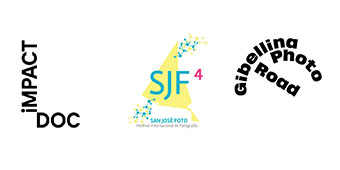
Timeline
Requirements
Profile
- done
Address
- done
Biography with up to 1500 characters
- done
First name
- done
Last name
- done
Nationality
- done
Country of residence
Upload
- done
1 to 99 projects per submission
- done
6 to 10 files per project
- done
Allowed file types: JPG
- done
At least 1500px on the long edge
Descriptions
- done
Project country
- done
Project description
- done
Project location
- done
Project title
- done
Project year
- done
Image title
Gallery
Love me tender, 2018
Images of previous winners




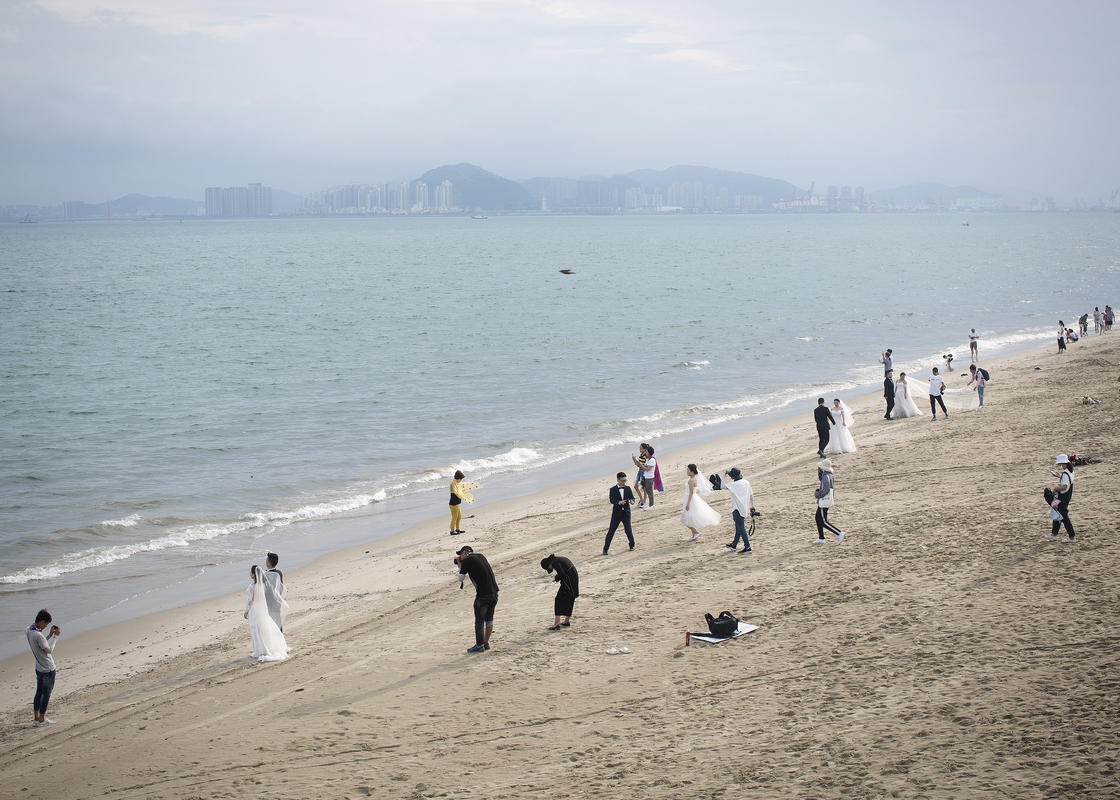





Juror information
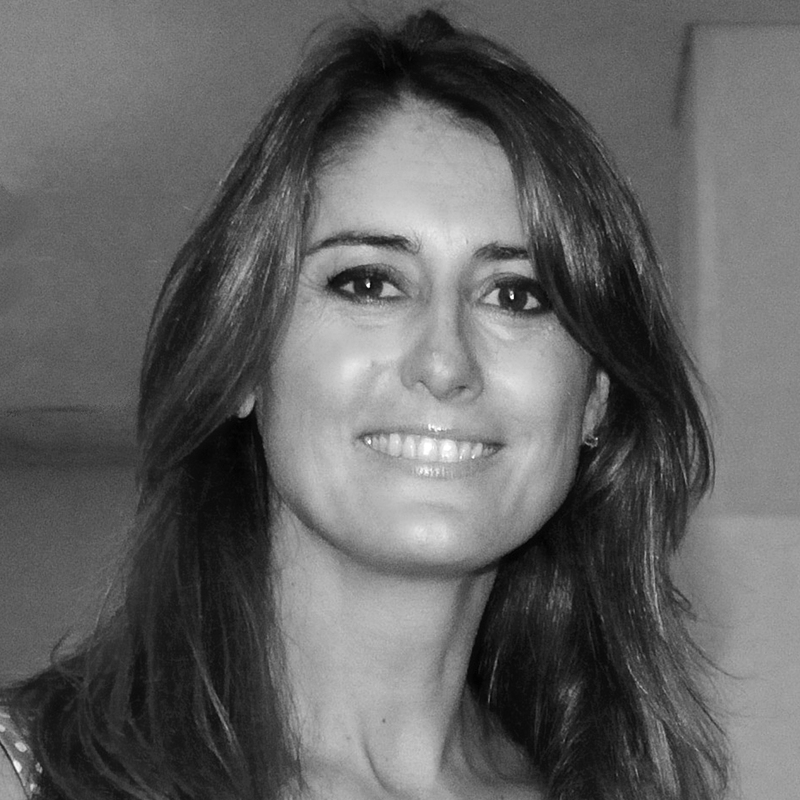
Maria Pia Bernardoni Curator of LagosPhoto festival
Maria Pia Bernardoni is a photography curator with a special connection with Africa and particular interest in managing intercultural art projects that offer a different perspective of gender and migration issues, and help create positive change. Since 2015 she has been the curator of international exhibitions for the African Artists’ Foundation and LagosPhoto festival. She has co-curated the exhibition “Day your Lane '' at Bozar Museum in Brussels and “Tear my Bra '' at Les Rencontres d’Arles in 2016. She also curated the exhibition“AfricAfrica” at Palazzo Litta in Milan in 2018. She has been part of the curatorial team for the past five editions of LagosPhoto Festival, in Nigeria from 2015 to 2019. In parallel, Maria Pia has been developing projects around migration and hosting issues in Europe. She recently collaborated to Patrick Willocq’s project “My Story is a Story of Hope”, and directed the short film “If I Left My Country”, both shown at Les Rencontres d’Arles 2018. She is also a certified lawyer.

Elena Boille
Deputy editor and photo editor of Internazionale
Elena Boille is deputy editor and photo editor of Internazionale, an Italian news magazine, born in 1993, which publishes a selection of the best articles from the press around the world. Graduated in art history, journalist, Elena is one of the founders of the weekly magazine. She is responsible for the photographic department and the pages dedicated to science. She has been a member of the jury of photographic awards, has held workshops and taught photo editing. Lives and works in Rome.

Arianna Catania
Artistic Director of Gibellina PhotoRoad- International Open Air & Site-specific Festival
Arianna Catania is a photo editor, journalist and independent curator. After a degree in Political Science, she started working as a photographer. Since 2007, she has worked in the publishing industry, as photo editor for different magazines and newspapers. She writes on art and photography collaborating with several magazines, as Huffington Post Italy. She is creator and Artistic Director of Gibellina PhotoRoad- International Open Air & Site-specific Festival, where photography is presented in the public space, in spectacular installations. She is the President of the Cultural Association On Image and founder and curator of the Association PhotoTales which organises several projects and exhibitions, including the festival Emerging Talents - presented at Mattatoio, Rome, dedicated to the most interesting emerging artists in contemporary photography. Photography is her job, her free time, and her passion.
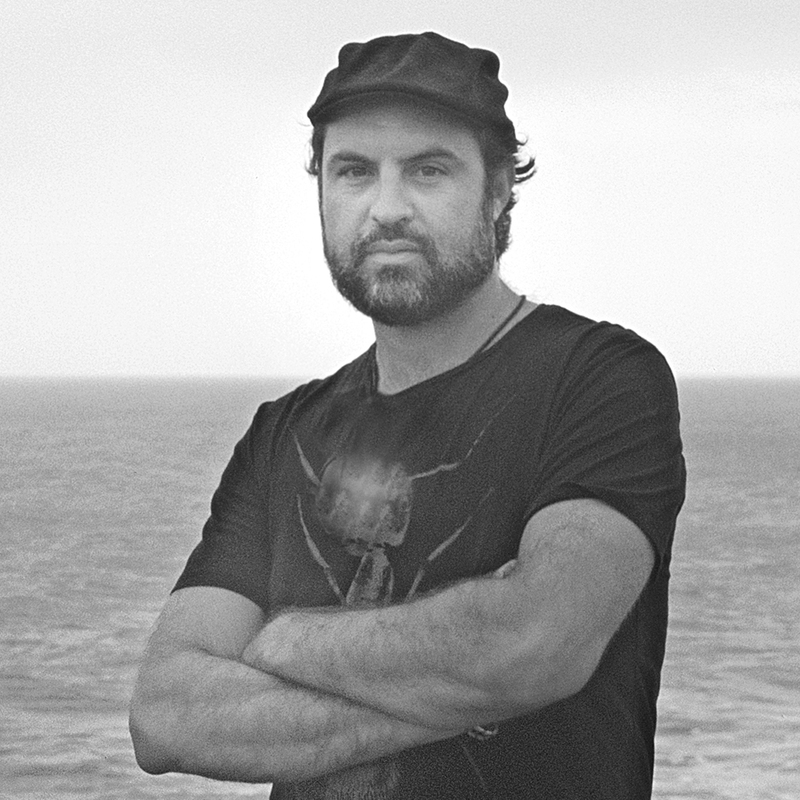
Federico Estol
Artistic director of Festival internacional San José Foto
Uruguayan photographer, graduated from the Image and Multimedia Technology Center of Politechnic University of Cataluña - BarcelonaTech. He is currently working as artistic director of SAN JOSÉ FOTO festival, promoting the Photobook Club Montevideo and as editor of El Ministerio Ediciones publishing house. He has been selected in international festivals, and has been included in exhibitions such as Aperture Foundation (New York) and more. His works and publications are in various private collections such as the Latin American Photo Library in Buenos Aires, Tate Modern in London, Museum of Fine Arts in Houston and Museu da Fotografia in Fortaleza; and has received several awards, grants and scholarships. Nominee for Prix PICTET and Paris Photo–Aperture Foundation Photobook Awards
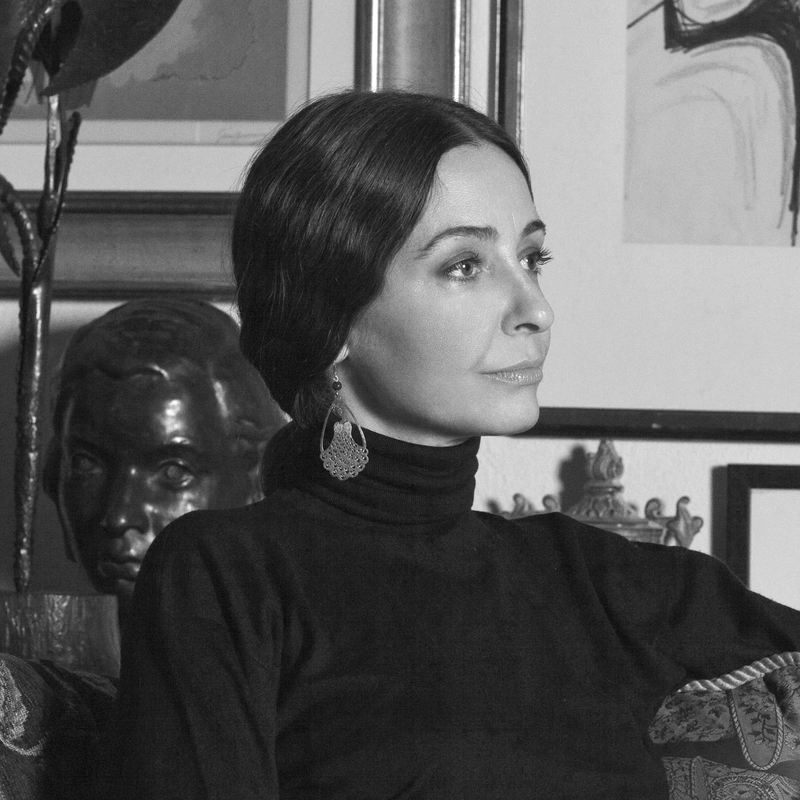
Alessia Glaviano
Brand Visual Director of Vogue Italia and Director of the Photo Vogue Festival
Alessia Glaviano is the Brand Visual Director of Vogue Italia and Director of the Photo Vogue Festival. Besides curating a series of interviews with the Masters of photography for Vogue Italia’s website, which have acquired enormous popularity among the community of people interested in photography and which are also broadcast on the Italian Sky Arte channel, Glaviano is also responsible for Photo Vogue, an innovative platform on which users can share their own photographs knowing they can rely on the curatorial supervision of professional photo editors. Under Glaviano’s direction, Photo Vogue has reached over 180.000 users/photographers hailing from all over the world and launched a collaboration with the prestigious international agency Art & Commerce, which represents some of the most esteemed names in fashion photography, including Steven Meisel, Sølve Sundsbø, Paolo Roversi and Patrick Demarchelier. At Condé Nast, Alessia is responsible for the artistic direction of events and exhibitions for Vogue Italia and L’Uomo Vogue. In 2016 Glaviano directed the first edition of The Photo Vogue Festival. The event marked the first conscious fashion photography festival dedicated to the shared ground between Ethics and Aesthetics, bound to an influential fashion publication, engaging the whole city of Milano with talks, exhibitions and photography-related initiatives. The 4 editions 2016, 2017, 2018 and 2019 met critical and public success. Besides the editorial activity, Alessia holds lectures and conferences on a regular basis. Some of the institutes and universities she was invited as guest lecturer include: IED, Bocconi University and the Milan Polytechnic. Glaviano was invited to participate as jury member in numerous internationally acclaimed photography contests including the World Press Photo and the Festival International de Mode et de Photographie à Hyères; and has participated in several portfolio review sessions, including the “New York Times Portfolio Reviews”.
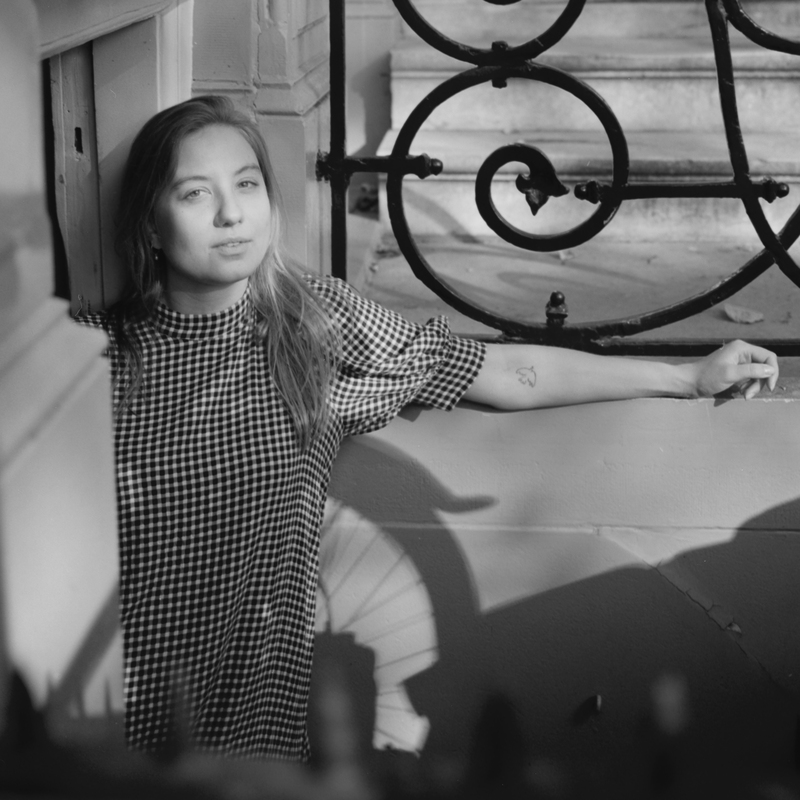
Claire Hoogakker
Co-founder of iMPACT DOC
Claire Hoogakker is the co-founder of iMPACT DOC, a non-profit organization and space for documentary photography and film in Amsterdam. Claire is educated as an art historian, for which she specialized in historical and neo avant-garde practices and contemporary photography and film, all socially engaged art related to intermingling the praxis of life and the art world, in order to make art more accessible to a broader audience and to address, reveal and often criticize underlying societal structures and issues. She is a writer for several photography and film magazines and platforms, including Professionele Fotografie and Cine. Claire is mostly interested in how visual arts (in her case, often in the form of (documentary) photography and film) can make us contemplate about our own place in the world, and how these forms can contribute to raising awareness about global issues. In this sense, art always functions as a connecting agent between people with different backgrounds, cultures, ethnicities, beliefs, religions, and so on. Hereby, art can break down boundaries, make the world smaller and bring people closer together. In her opinion, this is what the world needs at the current moment.

Kublaiklan
Creative Collective
Kublaiklan is a collective born in 2017 that explores the language of photography to make curatorial, educational and communication projects. We explore new ways of interacting with photography through site-specific installations and workshops; our aim is to conceive and convey atypical ways to access photography to make it available to a wider audience. The members are Rica Cerbarano, Francesco Colombelli, Laura Girasole, Aleksander Masseroli Mazurkiewicz, Elsa Moro and Marco Spinoni. In 2018, the collective curated the exhibition “Daring&Youth” by Yulia Krivich at Fotografia Europea Circuito OFF (Reggio Emilia) which was awarded the honorable mention by the jury. The same exhibition travelled to Jest Spazio per la fotografia (Turin) in October of the same year. For Photolux 2018, the collective curated and produced the exhibition “Fantasia” by Karim El Maktafi. As tutors of the 2019 edition of Fotografia Europea’s educational project Speciale Diciottoventicinque, they curated the final exhibition part of the official programme of the festival. In June 2019 the collective completed the research and archival project “Baci from Cortona '' commissioned by University of Georgia Cortona and Cortona On The Move, curating the book and the final exhibition. In July 2019 Kublaiklan won Gibellina PhotoRoad’s call for entries with the project “Fontanesi'' with a site-specific open-air installation.
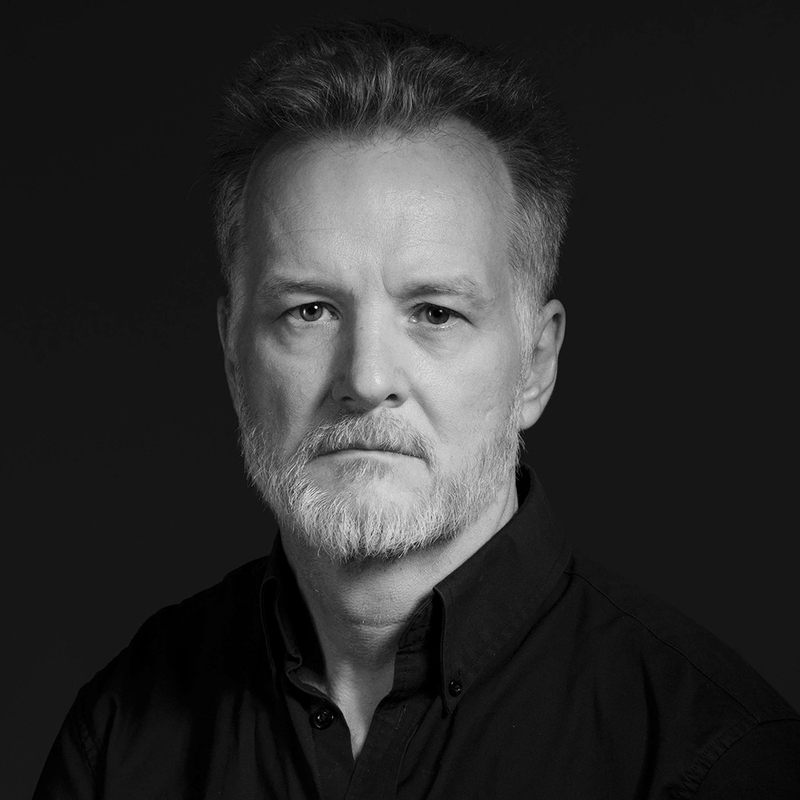
Paul Lowe
Reader in Documentary Photography at the London College of Communication, University of the Arts, London
Paul is an award-winning photographer and educator, whose work is represented by the VII Photo Agency. He has been published in Time, Newsweek, Life, The Sunday Times Magazine, The Observer and The Independent amongst others. He has covered breaking news the world over, including the fall of the Berlin Wall, Nelson Mandela’s release, famine in Africa, the conflict in the former Yugoslavia and the destruction of Grozny. His book, Bosnians, documenting 10 years of the war and post war situation in Bosnia, was published in April 2005 by Saqi books. His research interest focuses on the photography of conflict, and he has contributed chapters to the books Picturing Atrocity: Photography in Crisis, Reaktion, and The Violence of the Image: Photography and International Conflict, I.B. Tauris. His most recent books include Photography Masterclass and A Chronology of Photography, both published by Thames and Hudson, and Understanding Photojournalism, co-authored with Dr. Jenny Good, published by Bloomsbury Academic Press.
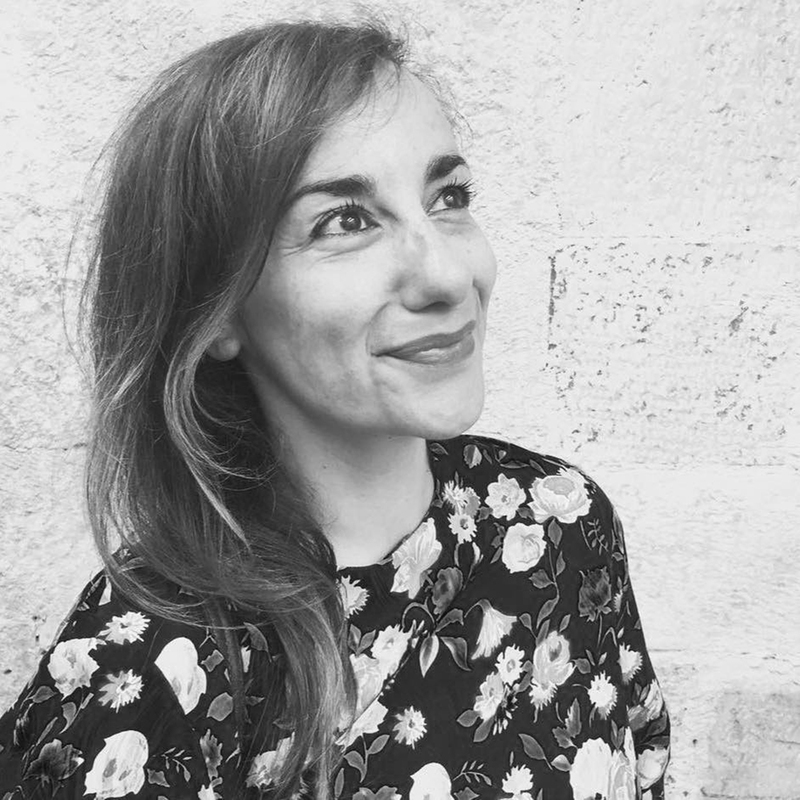
Maria Teresa Salvati
Founder and Editor-in-chief at Slideluck Editorial
Personal Branding Consultant and Teacher
Founder and editor-in-chief at Slideluck Editorial.
Personal branding consultant and teacher. She helps emerging and established photographers and visual artists to identify and define their “Spot of Beauty”, inner voice and personal motivation, and build their identity.
Based in Bari (Puglia), she teaches at F.Project School of Photography and New Media; at IED Rome and Officine Fotografiche Rome; she’s also guest lecturer at the London College of Communication (LCC) and UWE Bristol; and works as one-to-one consultant with photographers around the world. Columnist for C41 Magazine, with monthly features dedicated to photographers presented through the filter of their own “Spot of Beauty”.
Independent curator. Contributing writer at GUP Magazine.
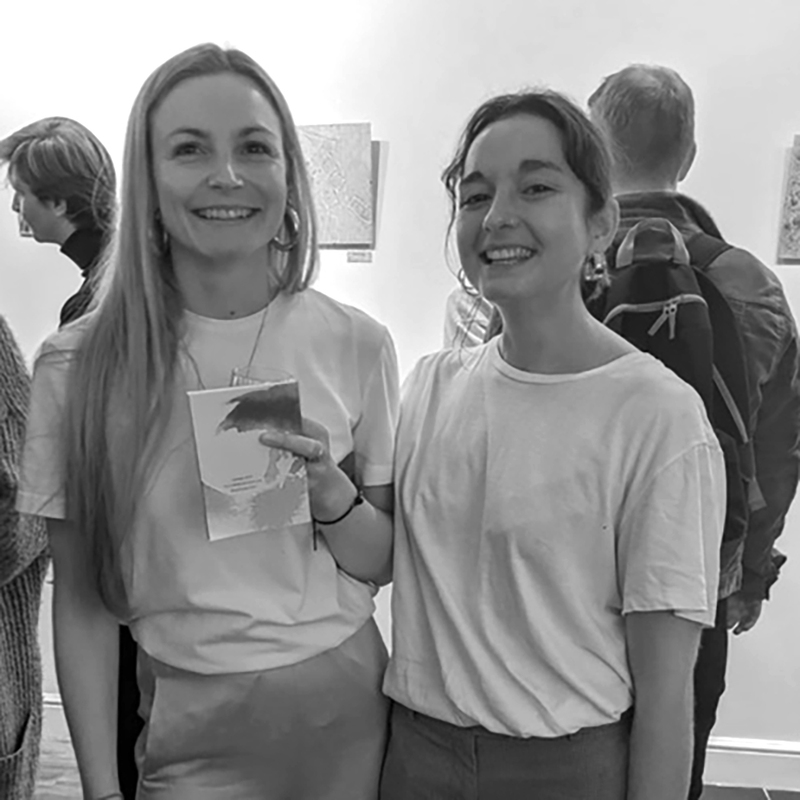
Shado - Hannah Robathan and Isabella Pearce
Co-founders of shado
Hannah Robathan and Isabella Pearce are the co-founders of shado a multimedia platform driving change at the intersection of arts, activism and academia. shado releases a print edition bi-annually; previous themes are Migration to Europe and Global Womxnhood. The third issue, due September 2020, is themed Climate Justice, and will focus on the intersectionality and interconnectivity of the climate crisis, which disproportionately affects different people and communities depending on a multitude of contexts.
Hannah and Isabella were both studying MA degrees in the Development sector when they thought up the concept of shado. They were becoming increasingly frustrated at the way academic research was inaccessible and existed in a vacuum. They also noticed there was no real connection between this world of academia, and the artists and activists working at a grassroots level -- so they created shado to bring these voices together to create a culture-led system change.
Hannah has a background in music. She plays the trumpet, both in Classical style and Cuban jazz.
Isabella is a film photographer with a background in fine art and 3D design.
FAQ
Is it possible to submit more than one project?
Yes, you can submit more than one project and the submission fee refers to one project. So, the same fee needs to be paid per project submitted.
Is there an age limit?
No, there is no limit. You must be at least 18 years old.
Do I have to use the grant for continuing the production of a project?
No, the cash prize doesn’t need to be justified for its usage
Do I have to pay for the application to the competition?
Yes, the application costs 15 euro. All funds received go towards the production and promotion of the call and following events, as well as the promotion of the artists and their works.
Is it possible to submit drafts of the video?
Not in the first phase of submission. If you are selected among the 10 finalists, you could provide us with other materials. Via Pitcter you are only allowed to submit up to 10 images. If you already have a multimedia or video, in the description text of your submission, please add a link protected with a password and provide us with both.
Do I have to pay for the production of the multimedia made by the Slideluck Editorial team?
No, in case of not having a video or a multimedia available, the Slideluck Editorial team will work with the author to produce a multimedia that is in line with the intention of the photographer, and the final piece will be branded as ‘produced by Slideluck Editorial’.
Can I apply to the ‘everything is connected’ call in a different way than by Picter.com platform
No, you need to create an account on Picter.com.
Is it important that the project has already been presented, exhibited or featured in other platforms and festivals?
No. You can submit any project that fits the theme, regardless of whether it has been also presented elsewhere.
By clicking "Start Submission", you agree to be contacted by the host regarding this opportunity.